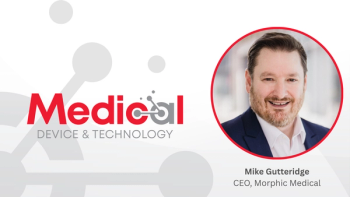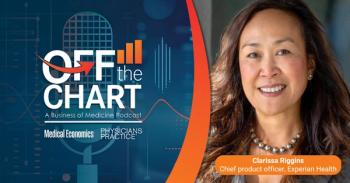
Work-life balance among biggest challenges facing primary care doctors
Lower reimbursements and maintaining a healthy balance between their work and personal lives are the top challenges facing primary care physicians (PCPs) today, according to a recent survey.
Lower reimbursements and maintaining a healthy balance between their work and personal lives are the top challenges facing primary care physicians (PCPs) today, according to a recent survey.
At 44% each, those two factors were the most frequently cited challenges by 1,066 PCPs in a survey by mobile health company
Other top challenges PCPs cited in the survey were uncertainty about government regulation (43%), lack of adequate time with patients (41%), and the increasing cost of practicing medicine (39%), according to Epocrates.
It's not a surprise that PCPs report struggles with maintaining work-life balance, as various other studies and surveys have shown. For example, a study last year by researchers from the
Physician burnout was a topic of focus at last year's
"We have the ability to either react to life … or to thoughtfully respond. There’s a huge difference and, unfortunately, for many of us, we react instead of responding. Reacting takes on a negative charge,” said one speaker during a presentation at the meeting. “A lot of burnout is about negative emotional energy.”
In the Epocrates survey, 89% of PCPs said their stress levels have grown over the years, with 46% characterizing the growth in stress as significant.
The
Other data points of note from the survey include the finding that a fourth of PCPs use a tablet in their practices, with Apple's iPad the overwhelming choice at 79% of tablet users. Twenty-two percent of those doctors said they plan to purchase an iPad mini.
A fourth of PCPs report prescribing a mobile app to a patient at least once a week, with most of those apps falling into the categories of patient education and lifestyle change tools.
More than three-fourths of PCPs surveyed said the phone was their primary communications tool with patients, followed by patient portals at 10% and direct mail at 9%.
Newsletter
Stay informed and empowered with Medical Economics enewsletter, delivering expert insights, financial strategies, practice management tips and technology trends — tailored for today’s physicians.

















